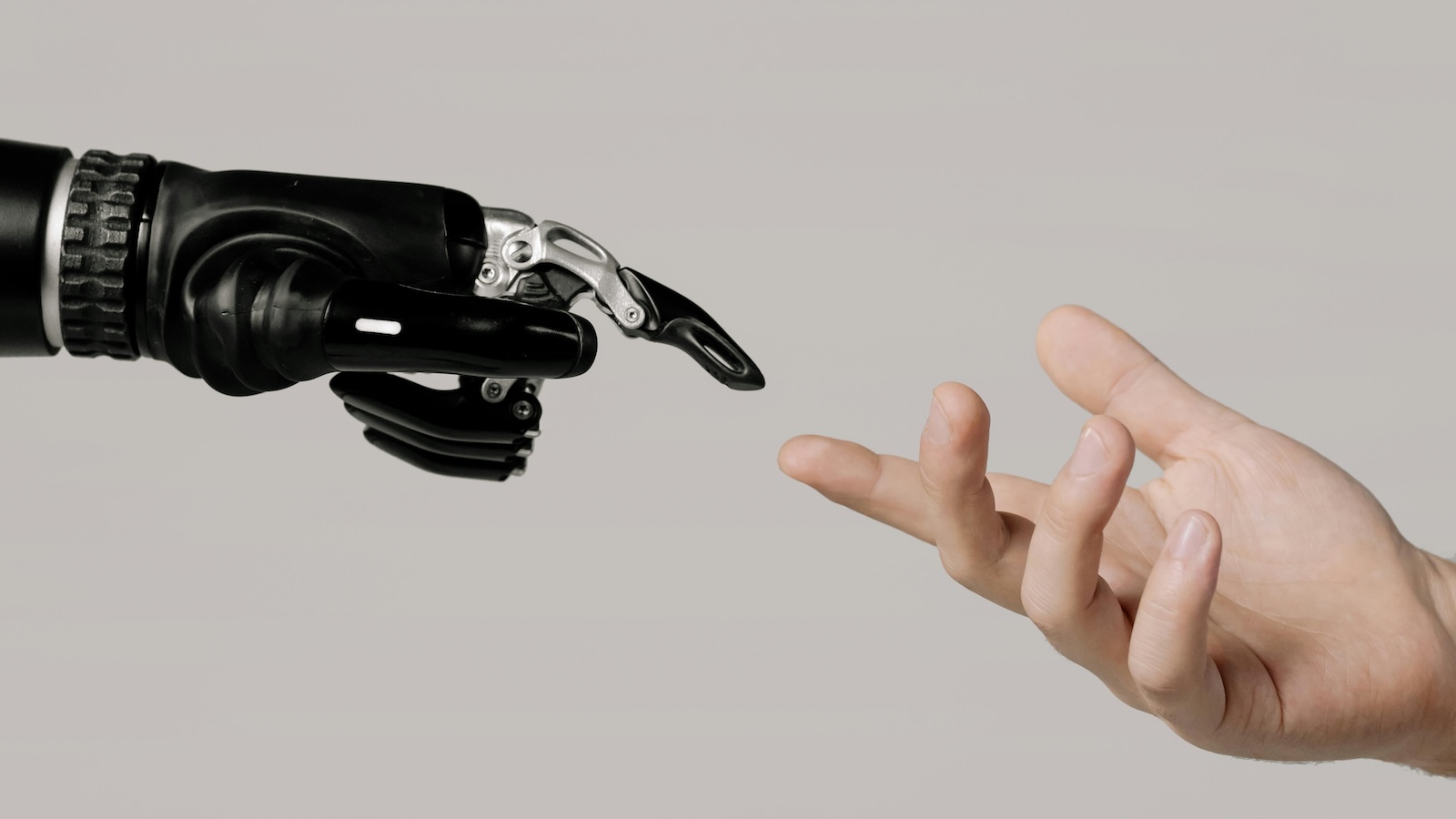One of the more persistent consequences of the COVID crisis has been the so-called Great Resignation, a development that has been unfolding over most of the past two years. We’ve seen a steady flow of employees leave the workforce, many doing so after taking stock of their lives amid a rapidly changing world. The insurance industry has by no means been immune. Companies in our industry rely heavily on the institutional knowledge of experienced employees, so, as the pandemic has served as a catalyst for early retirements, these organizations have been especially hard hit.
Employees are an organization’s most valuable assets. It sounds clichéd, but it’s undoubtedly true, especially in an industry where knowledge is a key factor in determining success or failure. People are the soul of any organization; they bring reason and purpose to the daily activities of the business. But employees are also a company’s single most important repository of critical institutional knowledge. Every successful business is built on repeatable systems and processes, but it’s their workforce of committed employees who operate those systems, who monitor and adjust their performance and who ensure that they are delivering the intended results.
Veteran employees, especially, have valuable institutional knowledge, having spent years working with the company’s systems and processes as they evolved. These are the people who are best-equipped to understand the nuances of the organization’s data. When procedures change — for example, when a company has changed the way a particular field within its customer database is used — veteran employees are the ones who can point out the subtle but meaningful distinction years later, helping others in the organization to interpret historical data in the context of today’s datasets. When employees walk out the door for good, that kind of institutional knowledge goes with them.
Unfortunately for insurers, these veterans eventually reach retirement age or move on to other things. It’s not all happening at once, but, for companies that understand where this is all leading, it pays to get ahead of the problem with some mitigating strategies. In this respect, the Great Resignation just might be the wake-up call that many insurers needed.
How might employers in the insurance industry respond? They can hire more people, but that inevitably calls for an intense focus on training and upskilling those new employees. It does little to compensate for the institutional knowledge that may be slowly slipping away. To some degree, of course, hiring and training new people is unavoidable. Nevertheless, these efforts divert resources that could be better applied toward innovation and growth.
In fact, there are better ways to approach this problem than by brute force. Perhaps counterintuitively, technology can tip the scales back in favor of a healthy workforce, driving growth and innovation as well as preserving institutional knowledge. With the right technology, insurers can make for a gentler learning curve, capturing the key factors that drive success and offering new employees a much faster path to productivity.
See also: The Real Disruption From Robotics, AI
Technology has a well-deserved reputation for disruption, but disruption doesn’t always unfold in the ways that people expect it to. Popular wisdom, for example, dictates that artificial intelligence (AI) will replace vast portions of our workforce, resulting in a net loss of jobs as technology supplants human beings. In fact, we’re on a trajectory to do quite the opposite, as AI serves to supercharge human capabilities at virtually every step along the value chain.
The enormous gap between AI myth and AI reality has been fueled by Hollywood portrayals that depict autonomous machines that appear to exercise free will. In fact, AI is firmly grounded in human thinking and human processes. Machine learning algorithms are not created in a vacuum; they’re developed through careful and deliberate processes designed to support and augment the human side of the business. By sheer necessity, we must understand what people need, how they work and how the technology can support them in making more effective decisions. Systems that operate without human oversight are destined to fail; effective AI systems are built to serve that operational model.
AI supercharges human productivity by taking on the rote work that most people simply prefer not to do. It elevates the human role in the process by monitoring, digesting and analyzing vast amounts of information.
In the wake of the Great Resignation, insurers have an opportunity to steer their ships in one of two very different directions. Those that take the default path, simply replacing outgoing employees with new workers, will find themselves increasingly outpaced by the innovators. Those that embrace technology — and that understand how it dovetails with the human element — will find the room they need to adapt and grow through constant innovation.
As first published in Digital Insurance.








